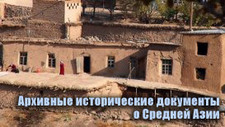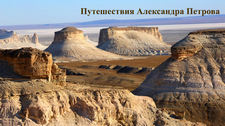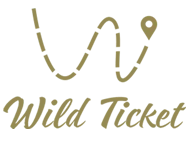Вы здесь
Airakty petroglyphs.
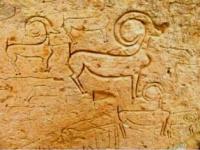
Tours to ancient monuments of Mangistau region.
"His element is the world of animals and their images. "Before starting to analyze, even just describe a work of art, each writer should make sure that in front of him is really a work of art, and not a historical document or an everyday object." The artists who worked near Mount Airakty did not seek to "copy" the heroes of their art and were not afraid of generalizations. Their works were clearly not intended as zoological illustrations or visual aids for classes on animal husbandry. The images of animals are covered with an exquisite line. They reveal a confident and bold hand and a keen sense of form."
"Rock paintings near Mount Airakty on the Mangyshlak Peninsula" by 1969. D.G. Medoev.
Trip from Aralsk to Mangyshlak through the village of Bozoy.
Rock paintings near Mount Airakty on Mangyshlak Peninsula.
Mount Airakty (Zhayrakty) is located between the Western Karatau and Northern Aktau ridges. It is one of the typical relief forms of the mountainous part of the Mangyshlak Peninsula, composed of sedimentary rocks of the Mesozoic and Cenozoic, the so-called "witness" or mountain-island with a flat top and almost vertical slopes.
The images are concentrated at the eastern and partly at the southeastern foot of Mount Airakty. These are engravings on large blocks of chalk. chalk. The blocks are irregular polyhedrons, limited by even and smooth planes of cracks. This graphic art (not limited by the "picture frame" and freely placed on a plane) should be viewed from a considerable distance in free space.
Its technical side consists of a combination of drawn lines and drilled recesses. Among the images, the central place is occupied by complex compositions in which scenes of battles and hunting are presented. They are associated with images of individual figures of horsemen, wild, domestic and fantastic animals, various realities, symbolic signs, emblems and epigraphs.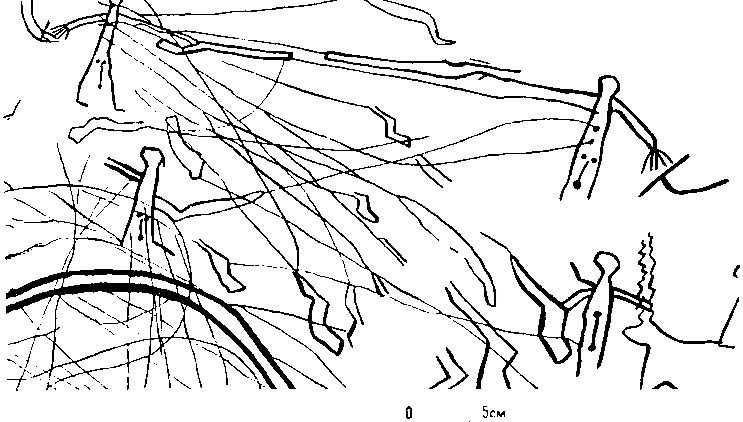
Participants in battles and hunters are armed with ancient firearms - matchlock guns on bipods. Cold weapons - sabers, pikes - rarely appear. Mounted or dismounted warriors take part in battles. Compositions, the plots of which are battle themes, are intended to give a picture of a mass battle, namely battles, and not duels or skirmishes.
At the same time, the participants themselves, as a rule, are represented by a small number of characters. All the compositions are dominated by images of animals and realities. Their construction and pictorial solution are purely conventional. Along with a few warriors, the guns themselves fire their guns.
The front of each of the fighting sides is built from several shooters and numerous barrels, “independently” spewing out a hurricane of fire. The illusion of a dense curtain of fire is created by lines drawn from the muzzles, symbolizing the flight of bullets. This technique is also used in hunting scenes, which are equally crowded.
The only exceptions are, perhaps, scenes of animal copulation (tau-teke, horses, camels), reproduced with naturalistic spontaneity. The main character of the animal kingdom is the mouflon. He is also the most desired prey for hunters. Domestic animals - two-humped and more numerous one-humped camels and horses appear as self-sufficient images.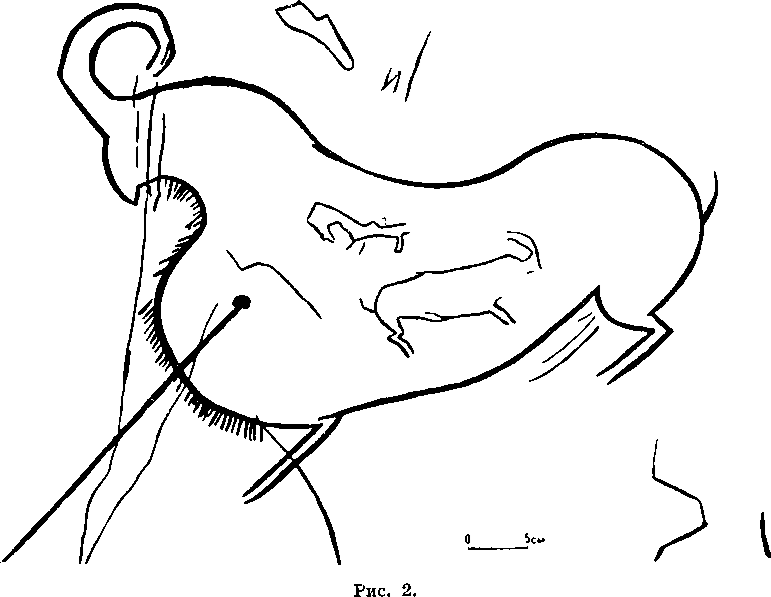
Fantastic animals also appear outside the plot connections. Images of predators (cheetah) and horsemen are isolated. Individual images of realities include nomadic utensils, horse harness decorations, such as kutas or nauz, weapons - a battle hatchet, "kleinods" - bunchuk, etc.
The iconic symbolism is diverse, in many ways complex and mysterious. A significant part of it is emblems, among them the tamga of the Adai tribe is often repeated, which is sometimes included in plot compositions. Outside such relationships are images of female genitalia, made, surprisingly for rock paintings, naturalistically.
The semantics of abstract compositions, far from purely ornamental motifs, is unclear. constructed from rhythmically repeating simple and complex geometric figures. The epigraphs are written in the Arabic alphabet. Their language is Kazakh.
They are included in the plot compositions and are their integral part. This information will complement the iconological analysis. It is significant that not a single Airakty composition has any hint of a landscape. Here, as is usual in rock paintings, landscape motifs simply do not exist.
However, Airakty art is also traditional in its predominant attention to animalism. Its element is the world of animals and their images. "Before starting an analysis, even just a description of a work of art, each writer should make sure that he really has a work of art in front of him, and not a historical document or an everyday object."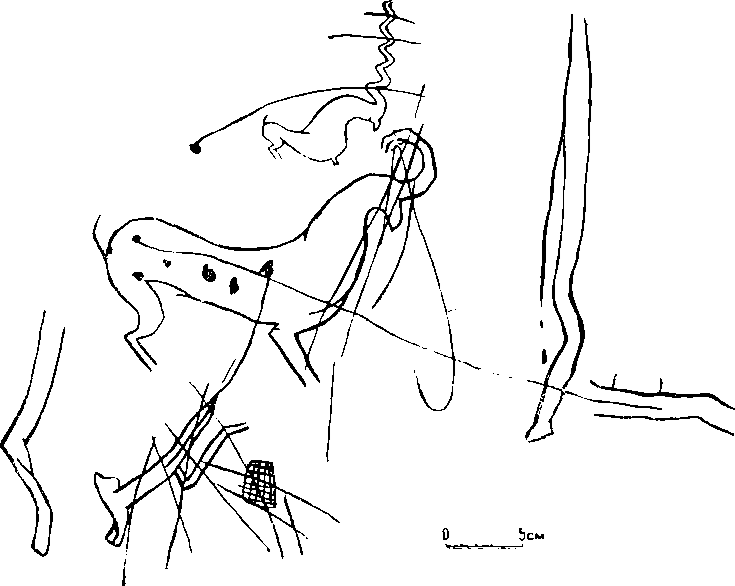
The artists who worked near Mount Airakty did not strive to "copy" the heroes of their art and were not afraid of generalizations. Their works were clearly not intended as zoological illustrations or visual aids for animal husbandry classes. The images of animals are covered with an exquisite line.
They reveal a confident and bold hand and a keen sense of form. No secondary details or unnecessary particulars, nothing superfluous or accidental that would disrupt the harmony of the whole. Everything here is done with talent, with the ability to draw well.
At the same time, we must remember that "being able to draw does not mean drawing well." In this, Airakty graphics involuntarily but persistently resemble, paradoxically, Aurignacian art. But it undoubtedly dates back to the 18th - 19th centuries and is the work of artists from the Adai tribe.
Realia, tamgas, and epigraphs convincingly speak of this era. In the art of the nomadic world of the Asian steppes of previous eras, Airakta graphics have neither iconographic nor stylistic prototypes. There is a different historical and cultural world here.
There can be no talk of links with the art of Aurignacian hunters. The chronological and territorial gap is too great. Meanwhile, this graphics is not the result of a momentary whim or a thirst for self-expression. Certain motifs and associations of a heroic and epic nature are repeated in dozens of images and compositions.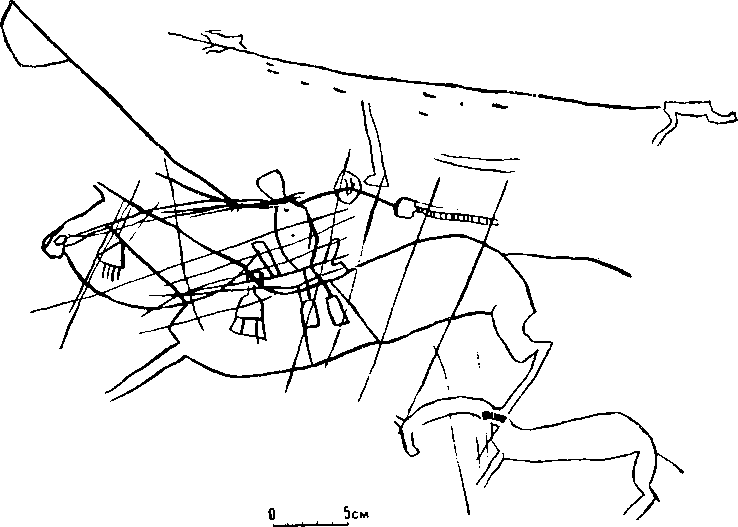
The formal means by which the pictorial side is solved here can be considered canonical. Such phenomena are based on a stable and long-term creative tradition in a relatively autonomous ethnic environment. A comparison of the Airaktino images with the graphics decorating the walls of various tomb structures in Mangyshlak, for the most part, reveals belonging to the same school.
They have a similar, or rather the same artistic language, and various details of a different order coincide. For example, tamgas. It is important that in both cases, judging by the exterior, horses of the Adaev breed are depicted. Where are the origins of this art?
That they go into the mysterious fog of "prehistory and prehistory" is generally clear. But this is not the main thing. It is naive to believe that among the horse nomads of the Eurasian steppes, for example, in the 1st millennium BC, expressive deformation of form was the only method of reflecting reality in artistic images. In the steppes, the Scythian "animal style" perished together with the Hunnic steppe state, sharing its tragic fate.
Among the nomads of Tibet, it survives (an unprecedented fact) until the XXth century. Apparently, there are no ancient rock paintings left on Mangyshlak. The geological structure of the peninsula mainly involves sedimentary rocks - limestone, chalk, etc.
They had to pay too much for this ideal material for the engraving technique. The images on it do not last long. This is not Sary-Arka, where it is not surprising to find works of the late Paleolithic era on the rocky outcrops of Paleozoic rocks. But there will be other ways. Everything is ahead. And the random phonetic association of the Russified ethnonyms "dai" - "a II dai" may yet acquire historical meaning.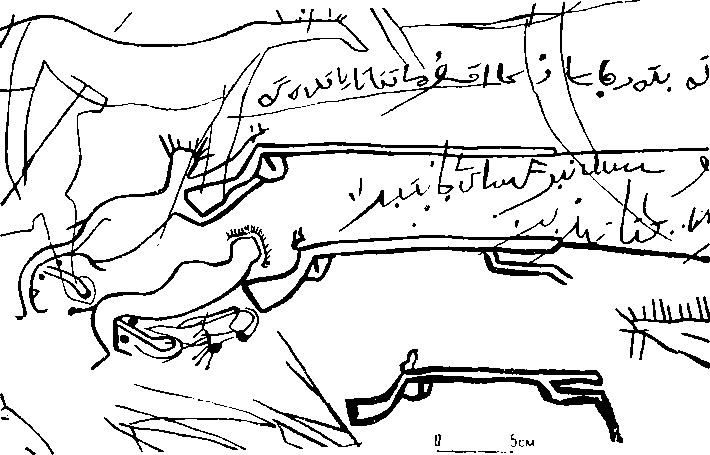
Authority:
"Rock paintings near Mount Airakty on the Mangyshla Peninsula" k. The culture of ancient cattle breeders and farmers of Kazakhstan. Almaty. 1969. D.G. Medoev. Research by D.G. Medoev in 1966 - 1968. Paleolithic detachment of the Mangyshlak complex expedition of the K.I. Satpayev Institute of Geological Sciences of the Kazakh SSR Academy of Sciences. Tracings of the plot compositions were made by A.E. Gorbatov, the rest of the documentation by O.Sh. Baimetov, B.G. Imangazin and the author.
Petroglyphs of Airakty.
Some of the petroglyphs of Mangistau are confined to table mountains-remnants, one of which is Mount Airakty (Zhayrakty), located to the east of the Western Karatau ridge in the Kurtumas tract. "Picture of the world" is the name of the petroglyph in the southeast of Airakty, measuring 84.5 x 107 meters, it was made by nomads of the Adaev tradition in the XVIIIth - XIXth centuries. representing a clot of matter, this engraving displays the vision of the world by ancient people.
On a round rock, images of horses, mouflons, birds are engraved in different planes, as if superimposed on each other.
Along the entire plane of the petroglyph there are diagonal straight lines, creating an extraordinary density of the composition. The space between the large figures of animals is filled with many small figures. This manner is characteristic only of the Mangistau petroglyphics.
Most petroglyphs display real-life objects and events. Such is the composition "Battle of the Mergens. Fire Fight" in the western part of Mount Airakty. This composition is the largest work among the rock paintings of Mangistau. In the south-eastern part of Mount Airakty, the petroglyph "Steppe Symphony" is known.
The exposition is almost vertical, has dimensions of 125 x 85 cm. A fragment of this composition is "Tauteke with Seven Wounds". The petroglyphs "Horses and Tumars", "Rooster and Aibalta", "Mouflon Hit by a Bullet", "Two Horsemen", "Camel", "Monster" and others are known here.
Another object of stone painting is the interiors of domed mausoleums and sagana-tama (tombstones). Such are the petroglyphs "Demonic Mergen", engraved on the surface of the necropolis in the Akmysh tract on the north-eastern slope of the Western Karatau ridge, "Argali Hit by a Bullet", as well as "Horseman with a Spear" in the Shakpak Ata mosque.
The ancient artists of Mangistau worked on the architectural plane as freely and naturally as on natural outcrops. When examining the figures on the plane of the rock, a strict pattern is preserved. All of them have certain relationships in space, conveyed in a conventional language that the artist knew and that the audience obviously understood.
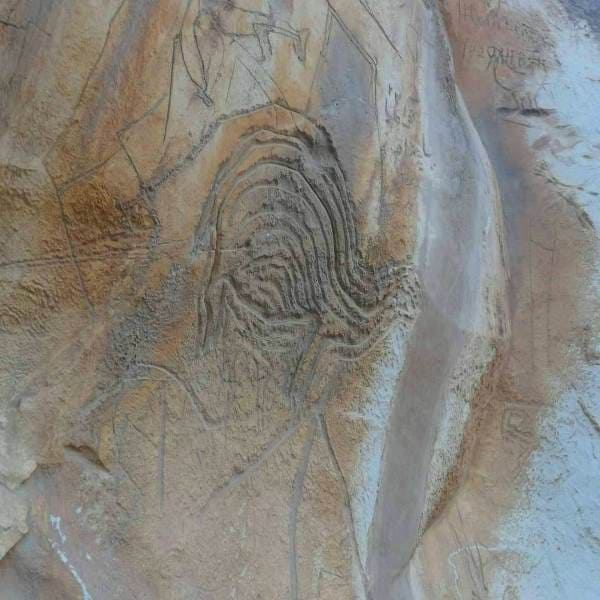
Authority:
Duman Zhaldyzbaev. https://vk.com/wall-45626196_438
Photos by:
Juma Kulbalaeva. City of Aktau. https://www.facebook.com/jumagul.kulbalaeva





